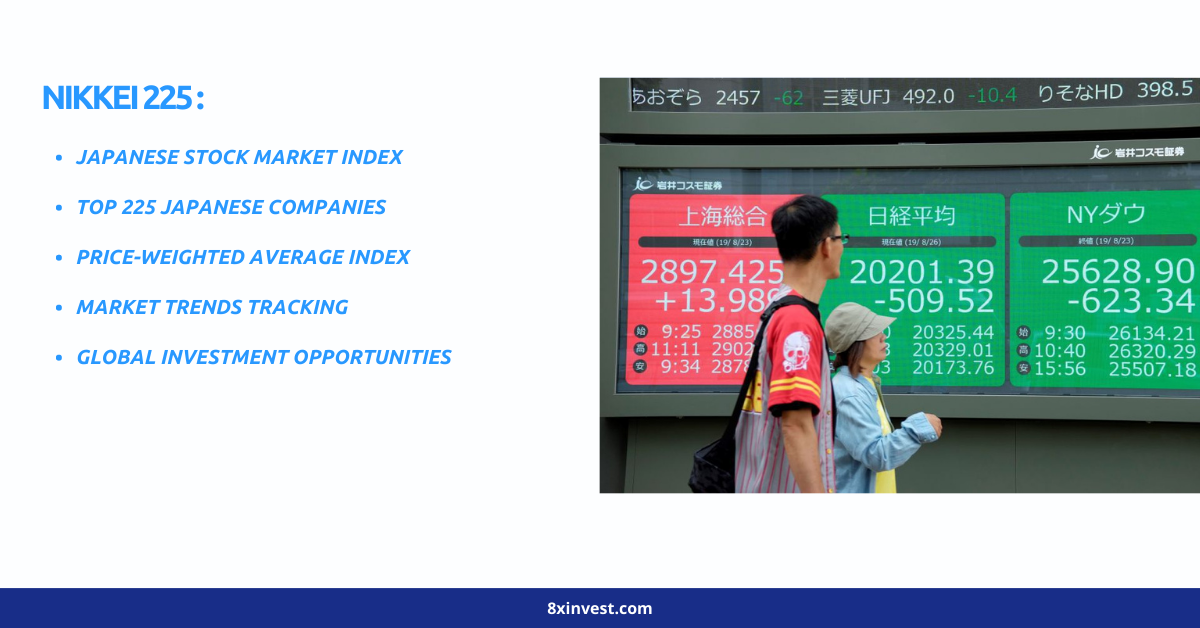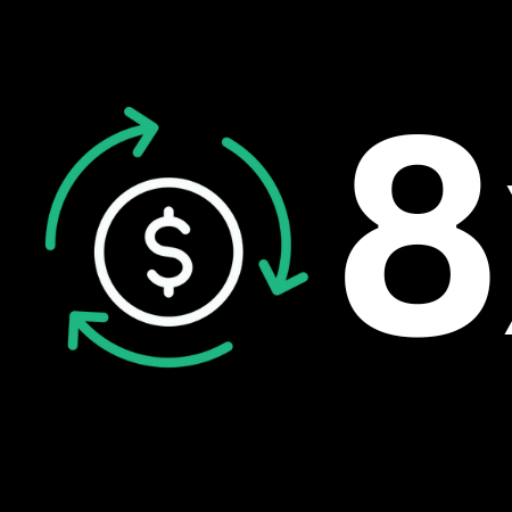
Japan’s most watched stock market index, the Nikkei225, is the Nikkei225. It is composed of 225 companies that are the most liquid and large listed on the Tokyo Stock Exchange. It serves as an indicator of Japan’s economic health.
History of the Nikkei 215
The Nikkei newspaper launched the Nikkei-225 index in 1950. It was originally known as the Nikkei Jones Stock Average. It consisted of only 225 stocks. It has been the benchmark benchmark for Japanese equity market since then.
Composition of the Nikkei 265
The Nikkei225 index includes 225 of Tokyo Stock Exchange’s largest and most liquid companies. The market capitalization and liquidity of companies are some of the factors that determine which companies are selected. The top three weighted index members by weight were, as of January 2023: SoftBank Group and Fast Retailing.
Calculation of Nikkei’s 225 Index
The Nikkei225 is different from other stock market indices because it doesn’t weigh according to market capitalization. The index is instead price-weighted. Companies with higher stock prices have greater influence on the index’s performance. This could lead to index distortions as companies with lower stock price receive less weighting.
Performance of the Nikkei 2225
The Nikkei225 index has a long history of volatility with many significant crashes during its tenure. It reached a record high of 38.916 in 1989. However, by 2009, it had fallen to a low point of 7,055. The index has been trading at the 30,000 level since then.
Investing in Nikkei 225
Investors have a variety of options to gain exposure to Nikkei225 via various means, such as mutual funds and exchange-traded funds. These funds offer investors a diverse portfolio of stocks that closely matches the index’s performance.
Conclusion: Investors around the world closely monitor Japan’s top stock market index, the Nikkei225. Although it is prone to volatility in the past, it still serves as an indicator of Japan’s economic health. It also provides investors access to some of Japan’s most liquid and largest companies.

